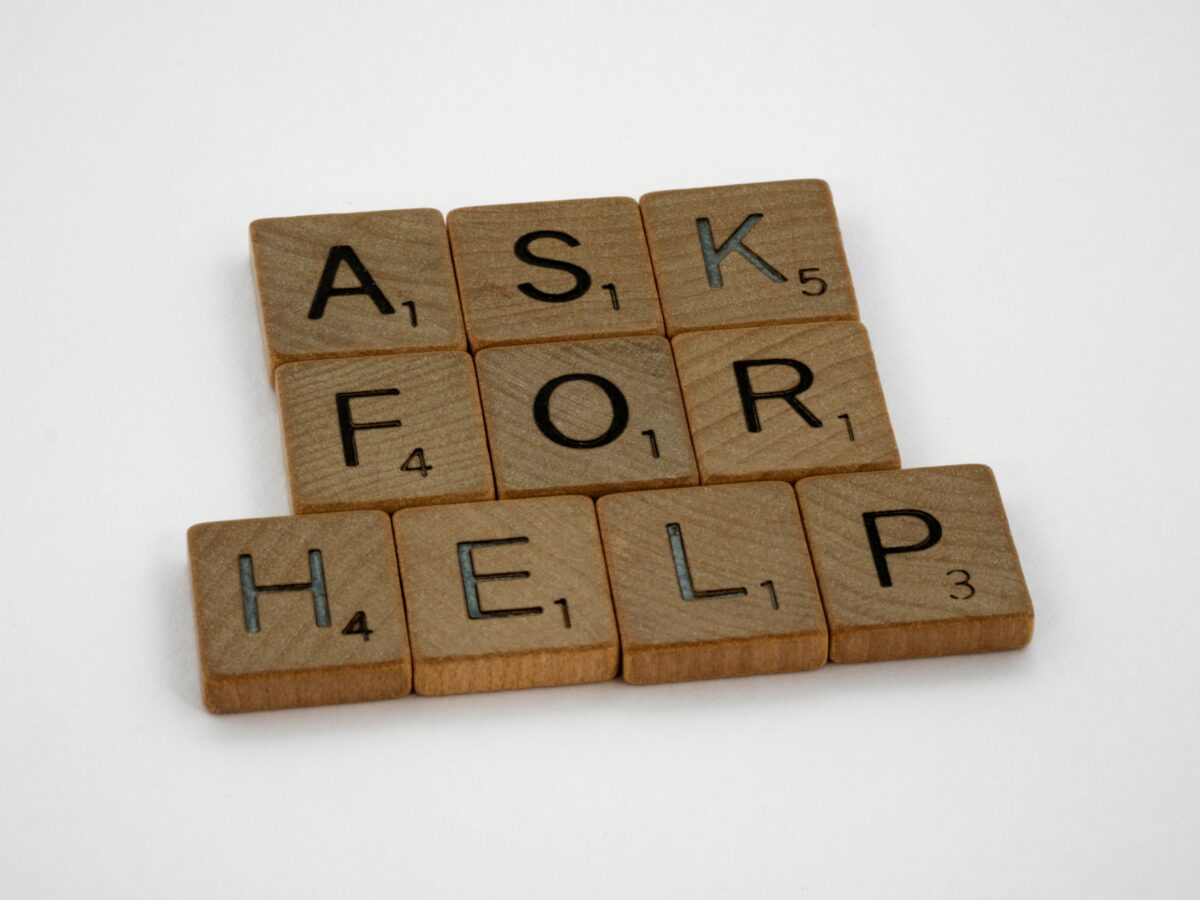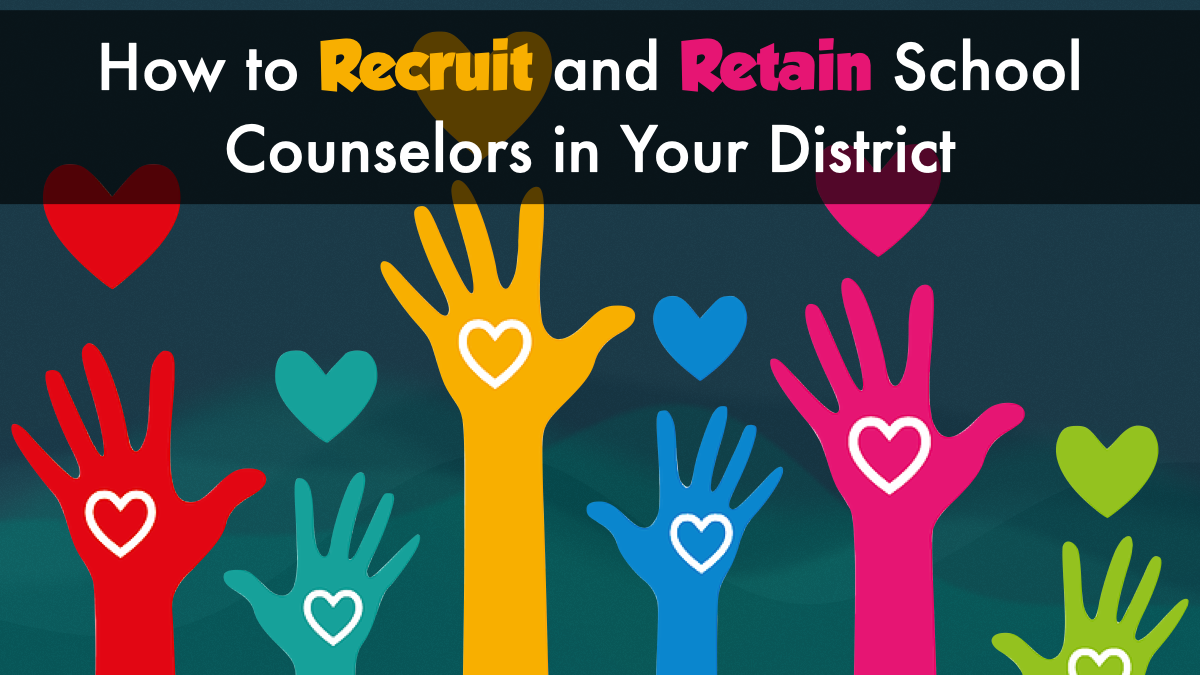Building Resilience: Normalize Asking for Help

Why is asking for help so hard? Identifying and helping struggling students would be easy if they came directly to teachers or talked freely with friends about their problems. Unfortunately, there are many reasons why that’s the exception rather than the rule.
One critical problem is the persistence of stigma faced by those with mental, emotional, cognitive, physical, and behavioral health issues—with added burdens faced by minorities, LGBTQ, and other at-risk populations. Another problem in our individualistic culture is the perception that asking for help is “weak” and may lead to even greater problems among peers and teachers. These roadblocks to seeking help negatively affect students, families, and educators.
Proving the point, recent surveys revealed that:
- 20% of students need mental health services, yet only one out of five receive them.
- Almost a third of students who considered visiting a school mental health professional ended up not doing so because they didn’t think their issues “were big enough to bother someone with” or felt like they would be judged.
- Nearly half ( 45 percent ) of teens and young adults hesitate to see a therapist because they feel their parents don’t take their concerns seriously, and more than half ( 53 percent ) wouldn’t want their parents to know they were meeting with a school counselor or therapist.
- Almost half ( 47 percent ) of US adults believe those who pursue therapy are showing weakness.
Teachers were almost three times more likely to report symptoms of depression than other adults, with more than 50 percent feeling stress at work.

The school community needs to feel safer about reaching out for help. The question is how to get there. Much of the answer lies in creating a nurturing school environment prioritizing wellness and connectedness as universal responsibilities demonstrated at the classroom, school, district, and policy levels.
Normalizing Asking for Help and Support
By establishing ground-level support for the larger school community, we can start preventing small problems from becoming larger ones. Think of the positive consequences for the entire school community, understanding that it’s not just okay to ask for help for yourself or others, but it’s the right thing to do. Take it one step further, connecting this proactive attitude with accessing the right supports and interventions easily.
A scattershot approach to universal support and prevention support won’t cut it. It has to be all hands on deck, with a fully integrated program consistently woven into the everyday fabric of the school community.
While there is no one-size-fits-all solution, overall approaches and best practices can make it more likely that teachers, families, and students feel comfortable asking for help when needed.
Here are ten ways to promote a culture that normalizes asking for help:
- Build a Whole-School Culture of Connection – Promote schoolwide activities and programs that build peer-to-peer, student-teacher, and family-school connections. These positive relationships are a critical protective factor for at-risk students and open channels for sharing emotions, experiences, and challenges.
- Set Expectations – Educators must be consistent in their approach to wellness and the importance of asking for help—throughout the school and in each classroom. Schools must communicate clear priorities for student learning, safety, and well-being. When selecting and defining classroom norms and critical social-emotional-behavior (SEB) skills, the baseline should always be building a culture of kindness, caring, and connectedness.
- Promote Resilience in the Classroom – Resilience-building is critical to student wellness programs, helping them increase their ability to cope with stressful experiences while potentially preventing the onset of mental health problems or decreasing their severity. Resilience-building activities can help students develop problem-solving skills, build and maintain interpersonal relationships, promote a positive self-image, and help students achieve better academic outcomes.
- Increase Mental Health Literacy – Sharing information and providing training on mental health issues and resources can empower school staff, families, and students to open up about emotions and issues, understand how to seek help, and then ask for it. On the policy level, mental health literacy is crucial for identifying and eliminating discriminatory practices that harm students.
- Create a Multi-Dimensional Solution – Wellness has many facets, including mental, emotional, environmental, behavioral, and physical health. The wellness topic should be as inclusive as possible to build a comprehensive definition of wellness, “cast a wide net” in discussions and activities, and reduce the shame and secrecy that prevents asking for help—no matter the student’s struggle.
- Recognize Different Comfort Levels – Even with a supportive school culture, people will have various comfort levels in talking about mental health problems. Different trust levels may require different methods to access help. For example, some families might want to explore available resources independently, others may need to talk anonymously to a helpline counselor, and others may want to reach out directly to an in-school resource.
- Provide Support and Resources for Educators – It’s one thing to say teachers should bring mental health topics and activities to the classroom. It’s quite another to do it, especially in a consistent manner that adheres to a common set of best practices. Professional development and training will help set expectations and better enable educators to address and build them into classroom curricula.
- Promote In-School Resources – A network of professional in-school support can increase a student’s feeling of safety, reduce stigma, and provide expertise beyond a typical educator’s training—such as suicidal ideation. Students and families are more likely to come directly to school resources when the school has succeeded in building a culture of connection and trust. Since students are already in school, there are also fewer barriers to access.
- Partner with Community Agencies and Resources – Schools and districts vary widely in the staff, resources, and expertise they have to address various student issues. Further, school supports are primarily geared toward helping at-risk students with problems observed by teachers or diagnosed. Schools can fill in the gaps by collaborating with local resources to bring additional knowledge, connections, and resources to the school community.
- Leverage Technology – Digital and mobile technologies offer various solutions related to mental health services, wellness resources, and crisis help. Some products offer narrow services, others a more comprehensive solution. Services may be delivered via different channels (mobile, web, text, etc.), be more or less customizable, and offer numerous functionalities. Each district or school must determine its unique needs to identify the most appropriate technology solution.
Normalize Asking for Help Sets the Stage for Wellness and Harm Prevention
Wellness and prevention of harm must be a systemwide priority instilled into everyone in the school community. One way to build this foundation is by creating a nurturing, connected school and classroom environment that consistently integrates wellness values and topics into everyday school life.
Posted by: Lisa Allocca







Responses